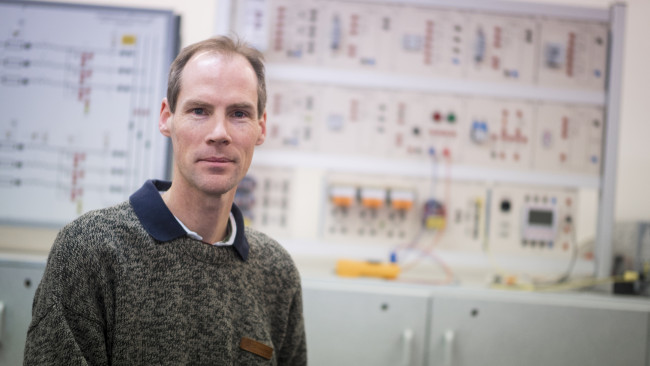
Located deep in a semi-arid area of South Africa known as the Karoo, amid roaming springbok and Angora goat farms, is an electricity substation responsible for supplying power to over 5000 homes. “Within the substation are switched capacitor banks necessary for maintaining network stability. However, a few years back the capacitor banks started tripping intermittently with no obvious cause,” reflects William Phipps.
Phipps, and his Masters student Warick Minkley at the Nelson Mandela Metropolitan University, were brought in to investigate the substation (and its issue) which is part of the ESCOM (Electricity Supply Commission) Transmission Network, due to the university’s long standing relationship with the company. ESCOM is a company owned by the South African government which supplies 95 per cent of the country’s electricity and employs over 33,000 people.
What William Phipps and Warick Minkley discovered, using software simulation, was that the earth fault relay was tripping due to inrush currents flowing into the discharged capacitors during turn on. This resulted in high voltage transients passing across the capacitor banks. By commissioning a new scheme design for the plant using a special filtering circuit that would filter out the voltage transients, and by additionally adjusting the previously incorrect relay settings to their correct standards, William and Warick were able to assist ESCOM to fix the fault. These new understandings of transient waveforms can assist electrical engineers across the globe in diagnosing and fixing similar substation faults. “This problem with the tripping due to voltage transients could occur anywhere at any substation, resulting in blackouts in extreme cases. This research therefore has worldwide applicability,” says William.
Minkley W, Phipps W, Harris R.T, Roberts A.G., (2014). Restricted earth fault relay application on shunt capacitor bank design with synchronised switching. IEEE international conference on industrial technology, ICIT, pp. 941-946, Cape Town.

